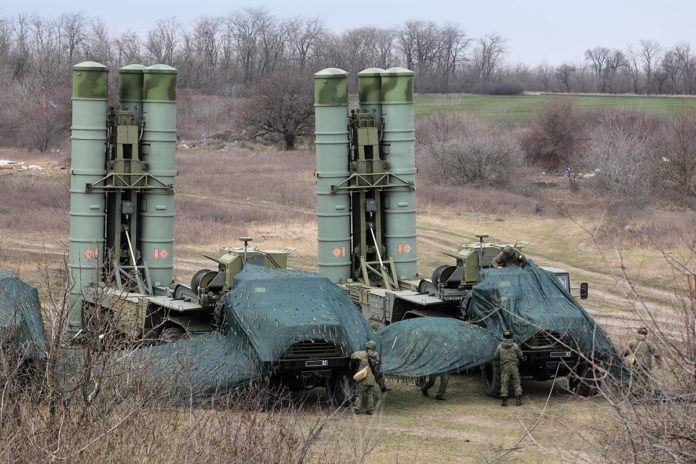Will India and Turkey abandon their respective S-400 missile deals with Russia to buy the US’ fifth-generation F-35 stealth fighters?
Myanmar’s Military Coup Could Hit Rohingya Repatriation, But How Is China Linked To This Issue?
Ankara is reportedly planning to abandon the S-400 air defense system deal with Moscow in order to resume negotiations with the US for the purchase of Lockheed Martin’s F-35 stealth fighters.
The development assumes significance as it comes within three weeks of the change of guard in the White House. There are indications that many of the decisions taken by former President Donald Trump would be reviewed by his successor Joe Biden.
As things stand, the Biden administration is already looking to revive the 2015 nuclear deal with Iran, which was abandoned by Trump in 2018.
Amid all this, it is believed that Turkey also wants a similar thing in its bilateral relationship with the US given that the two countries are NATO members.
Ankara was Washington’s partner in the F-35 Joint Strike Fighter program. However, despite the US’ warning, it had decided to go ahead with the S-400 deal with Russia.
In response to Turkey’s action, the Pentagon first suspended its involvement in the F-35 fighter jet program before slapping sanctions on its military procurement agency in December last year.
However, the latest reports suggest Turkey is ready to abandon the further use of the S-400 missile systems in exchange for acquiring Washington’s F-35 stealth fighters as well as Patriot air defense systems.
According to the Russian aviation website, Avia Pro, Turkey has to show its intention of abandoning the further use of Russian weapons if it is serious about buying the F-35 fighters.
Another interesting fact is that Russia has apparently refused to transfer technologies to Turkey, a NATO member, for the production of S-400 complexes, prompting Ankara to look at other options (Patriot air defense systems).
The S-400 is the most advanced, long, and medium-range surface-to-air missile system designed to detect and destroy aircraft, cruise, and ballistic missiles. It is also capable of taking out ground-based installations.

In addition, it is said the S-400 are the only missiles that can detect the ‘untraceable’ US-made F-35 stealth fighters.
Lockheed Martin’s F-35 Lightning II is touted as the most advanced fighter jet on the planet, mainly due to its ability to remain untraceable on enemy radars.
The F-35s have been intricately designed to use stealth technology such as radar-absorbing paint, materials, and the angular lines of its fuselage, which enables them to reduce heat signature and electromagnetic emissions to evade radar systems.
However, with S-400s designed to counter its stealth technology, it is evident that the two technologies cannot exist together, at least not in possession of one single nation.
Another client for the S-400 systems is India, which has been a traditional military partner of Russia.
The US has already issued warnings to New Delhi to drop the $5.5-billion deal for five missile systems in order to avoid a diplomatic crisis.
India is also looking to strengthen its depleted fleet of fighter squadrons, with many suggesting that the American F-35s would boost their defensive options.
However, in order to even enter the negotiations for the fighters, it is a prerequisite for India to dump the S-400 deal, but will India do that?
The S-400 air defense systems, which can destroy targets at a distance of up to 400 kilometers, at a height of up to 30 kilometers, are viewed to give the IAF a major combat edge over its twin rivals — Pakistan and China.
But, Lockheed Martin has already distanced itself from any potential deal of the “most sophisticated flying machine (F-35)” with the Indian Navy or the Air Force, by stating that the nation may not be “ready” for it, at the moment.
In an earlier statement provided by Lockheed Martin’s Vice President for business development, JR McDonald said,
“Not every country in the world is ready today for an F-35. And, that can be either because they, from a policy perspective, haven’t become that level of partner with the United States yet, or maybe just the maturity of their military: it’s hard to jump from a MiG-21 directly into an F-35,
“An F-16 is the perfect pathway to F-35. You gain that familiarity with the United States, you become a reliable partner with the United States and then the next step into the F-35 is not such a stretch.”
Given this scenario, it does not make sense for India to abandon the S-400 deal with its traditional partner Russia to stand a chance for a deal, which may never happen.
Follow EurAsian Times on Google News




